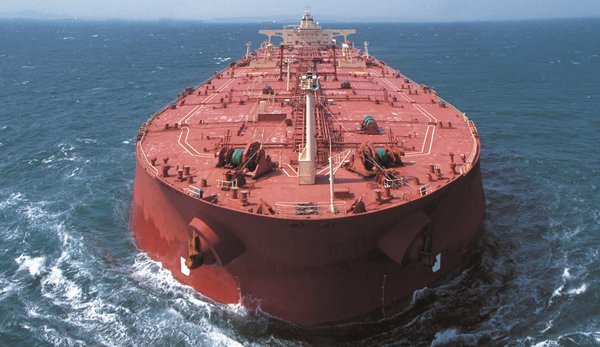VLCCs’ role as tanker bellwether questioned

VLCCs’ traditional role as the bellwether of the tanker market has been questioned by one of the sector’s most famous brokerages.
A new report from New York-based Poten & Partners argues that while VLCCs have previously tended to be a leading indicator of where the tanker markets were heading, this changed during the pandemic, a transformation that has become more pronounced following Russia’s invasion of Ukraine four months ago.
The massive OPEC production cut seen during the pandemic led to a significant reduction in long-haul VLCC demand and created significant overcapacity in this segment, according to Poten. The sanctions on Iran and Venezuela, both important VLCC markets, are also hurting this segment more than others, with the rogue fleet eating into their employment opportunities.
When the global economy started to recover from the pandemic and OPEC was gradually restoring production, conditions improved for VLCCs temporarily. Then came the Russian invasion of Ukraine and multiple covid lockdowns in China, both of which dampened long-haul crude oil demand.
“Are these just temporary setbacks for the VLCCs or are there structural challenges facing the VLCC segment long-term?” Poten mused in its latest weekly report.
In the long term, the economies of scale benefits of VLCCs will bring this segment back to prominence, Poten argued, pointing how the dominant oil producers in the Middle East and the fastest growing consumers in Asia all have the infrastructure to use VLCCs. However, in the short to medium-term, the situation could be different.
A comparison of the last quarter of 2021 with the most recent three-month period from March to May after the Russian invasion of Ukraine, which coincided with the lockdowns in China, illustrates the changes in VLCC employment. Trade patterns have changed as a result of the sanctions on Russia and the subsequent increased buying of Russian crude by certain countries, most notably India. Indian imports of Russian crude from the Black Sea have grown seven-fold between the two periods analysed and are up ten-fold from the Baltic. These growing imports from Russia benefit aframax and suezmax tankers as the main export ports cannot accommodate VLCCs. VLCC imports into India went down over the same period, driven by significant declines in imports from the US Gulf and Central America. West Africa also exported less to the Indian Subcontinent. These are all long-haul VLCC trades.
Meanwhile, as Europe pivots away from Russian crude, they import more oil from West Africa, the Middle East and the US Gulf. While the Middle East to northwest Europe trade is predominantly a VLCC trade, suezmaxes do a significant portion of the West African and US Gulf exports to Europe. Europe also retains almost all its domestic crude from the North Sea. Prior to the war, there was also a regular VLCC trade of North Sea Forties crude to China.
Poten concluded that VLCC owners will be hoping for a swift end to the war in Ukraine, which has now been going on for 124 days with no real signs of peace talks in sight.
